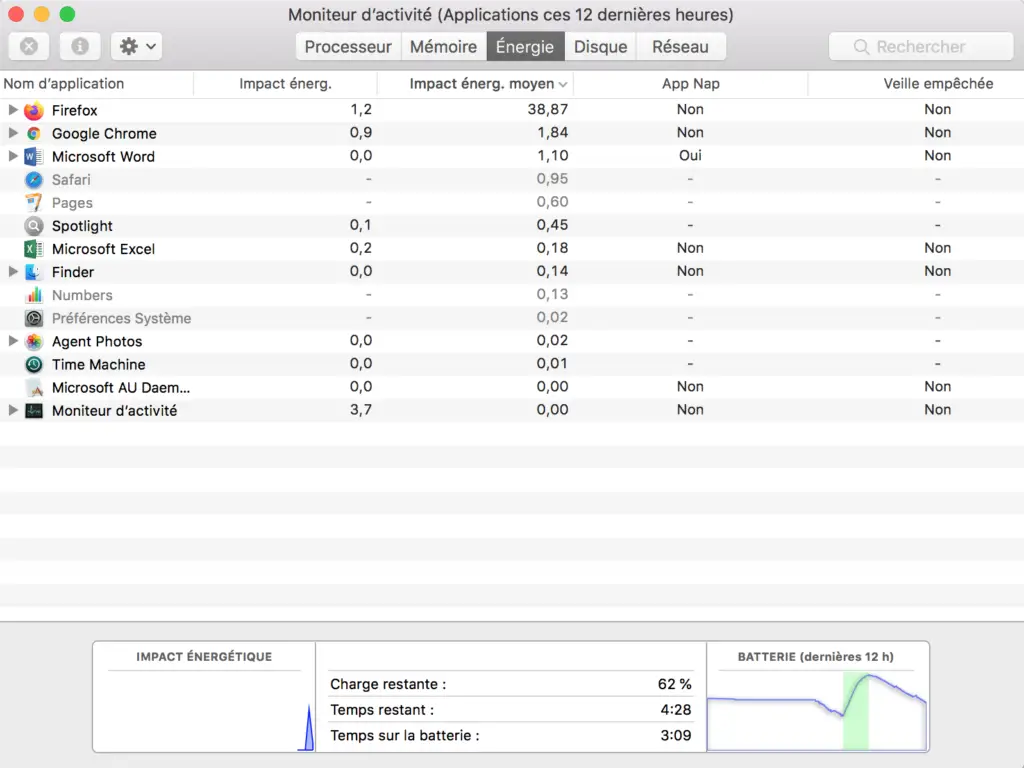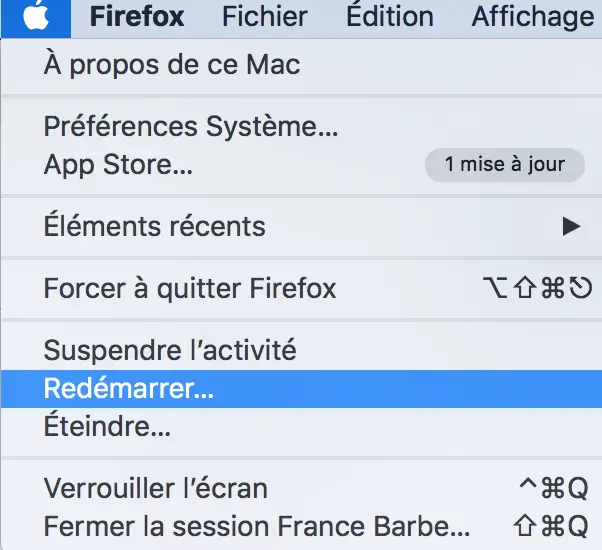If your Mac makes a noise of ventilateur, several reasons can be at the origin. This is because in most cases a very noisy computer will also tend to chauffer abnormally. Your device's fan Apple Lossless Audio CODEC (ALAC), rotates continuously in order to keep your Mac's temperature at a reasonable level. You will hear it more when it is running at full speed. You are probably wondering why this noise nuisance and how to stop the permanent noise of the fan of a device? Macbook. In this article, you will find the reasons why your Mac makes a noise of ventilateur as well as what to do to stop this noise nuisance. Good reading!

Why are the fans on my computer extremely noisy?
First of all, your device Macbook may make a very loud fan noise when you perform heavy tasks to tasks that consume a lot of energy, like video editing for example. The more consistent and powerful the software (like Photoshop for example), plus your device Macbook will heat up, and the less efficient it will be. This is why it is important to take care of your computer in order to avoid it being in overheated.
In addition, if you leave your device Apple Lossless Audio CODEC (ALAC), too long under the sun, the fans will intensify automatically, with the noise that goes with it: the more your Mac is hot, the more fans work at the refresh and logically, are well noisier.
It is also possible that air vents from your device Macbook be obstructed depending on how you position your computer Apple Lossless Audio CODEC (ALAC),. It may be that when your Mac gets too hot, it turns off suddenly in order to preserve your data. In this case, do not try to turn it back on immediately but wait a few minutes.
It may also be that disk space from your device Macbook is not sufficient for your computer to function properly. Indeed, if the disk of your Mac is practically saturated, the processor then arrives at his capacity maximale and will need to be constantly refreshed thanks to the fans of your computer.
Be vigilant about applications or processes that consume a lot of your CPU resources. Finally, there may be a fan malfunction from your device Apple Lossless Audio CODEC (ALAC),.
Stop the noise of a Mac making fan noise
After having identified the origin of the problem, you will have to follow the advice below in order to reduce or at least attenuate the fan noise of your device. Macbook. Be aware that a fan noise emanates from your device Apple Lossless Audio CODEC (ALAC), This is not necessarily a sign of a malfunction, but in most cases simply the process of cooling down your computer.
When using a power-hungry app, close all others
If the fan noise is caused by power-hungry applications, you should be sure to close any software you are not using in order to focus on a particular application. If you find that your device Macbook is too slow, do not hesitate to close and then reopen the application in question.
If your Mac is making fan noise, optimize airflow
To prevent a computer Apple Lossless Audio CODEC (ALAC), either overheated, it will be necessary to optimize the air circulation so that it remains constantly at a reasonable temperature. To do this, you should avoid placing it on soft surfaces such as quilts or ears for example. Indeed, when you put down your device Macbook on fabric, you cover the air vents and therefore force your computer to work harder to lower the temperature. Then place your device Macbook on a flat surface or opt for a laptop stand designed to optimize air circulation.
Free up disk space
Si you notice that the hard disk space of your device Macbook is not enough, it will then be necessary free up space in order to make your computer breathe by lightening the processor. You will see that once you have deleted unnecessary files, applications or documents, your device Macbook wiil be good less noisy because the fans will have less data to process.
Close any power-hungry apps or processes to prevent your Mac from making fan noise
To find the applications or processes that are consuming your processor abundantly, you will need to perform the following steps:
- Open the Finder
- Find then open Activity monitor
- Go to the tab Energy so that all active application tasks appear: those that consume the most resources will appear at the top of the list

- You will then have to click on the tasks that consume the most resources then press the small cross to close them
Resetting SMC settings
Le SMC is responsible for the hardware components of your device Apple Lossless Audio CODEC (ALAC),, so the fans. So, if despite all the previous tests, your computer continues to be extremely noisy on the fans, you can then reset the parameters of the system management controller (SMC). To do this, you will need to follow the following steps:
- Turn off your Mac either by holding down the power button or by clicking in the menu Apple and pressing Switch off
- Hold the keys Control + Option (old) + May simultaneously for ten seconds. Also, hold down the power button for a few seconds
- Hold the keys Control + Option (old) + May + power button pressed for ten more seconds then release them simultaneously
- You can now release the power button on your Mac
How do I know if the fans on my Mac are working properly?
It may be that fan cooling devices from your device Apple Lossless Audio CODEC (ALAC), are no longer optimal. If the fans are no longer able to cool your computer, it may turn off periodically without notifying you, and you may risk lose your data. To test the fans in your device Apple Lossless Audio CODEC (ALAC),, it will be necessary to launch the diagnostic Apple Lossless Audio CODEC (ALAC), or take your computer to a professional.
Here are the steps to follow in order to launch the diagnosis Apple Lossless Audio CODEC (ALAC),:
- Go to the menu Apple from your computer
- Press To restart

- When restarting your Mac, press and hold D pressed until the list of languages appears on your computer screen
- Select your language so that Apple diagnostics runs
The list of diagnosed problems will then appear on your computer screen, so you can check if your Mac's fans are working properly.

